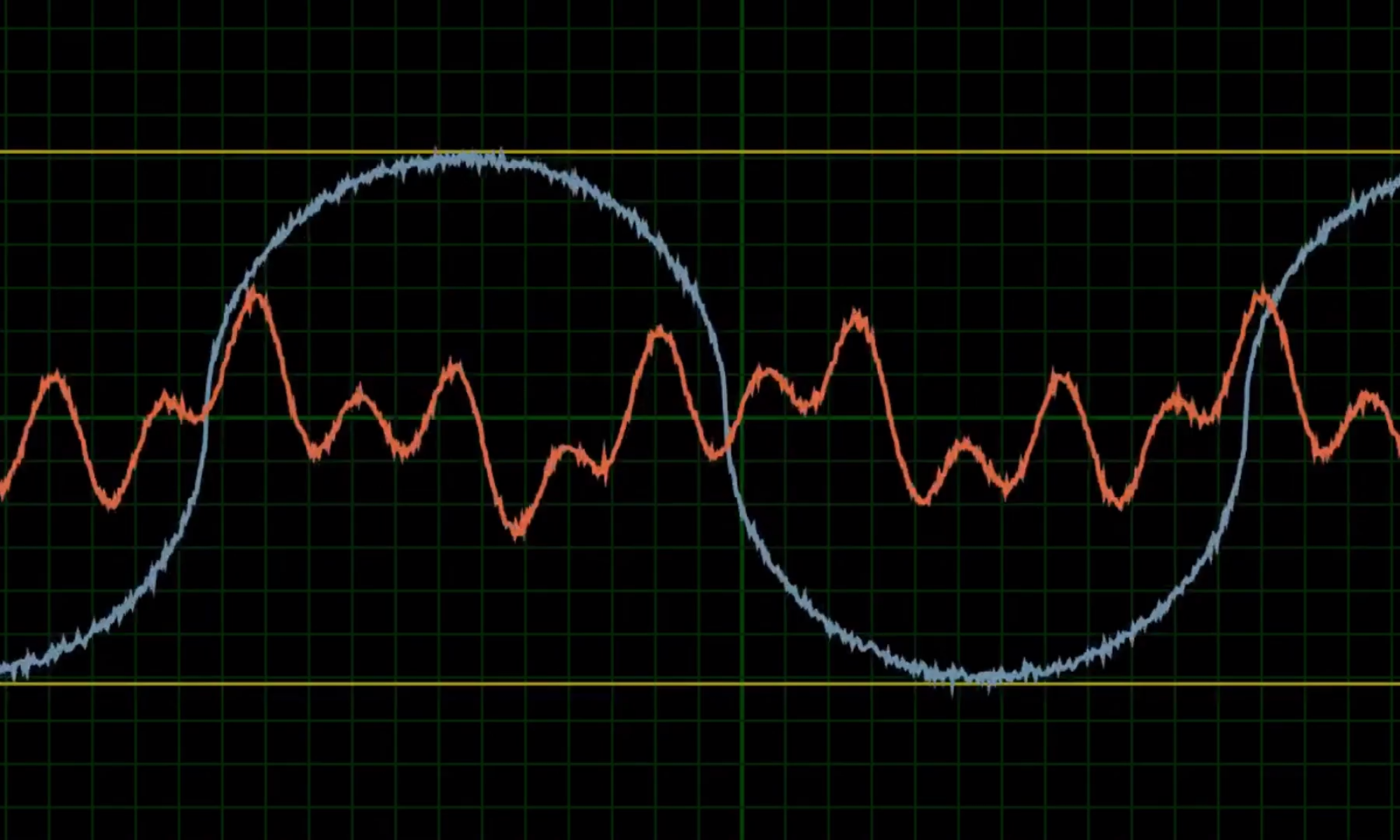LED reflective distance sensors (LED-RDS) measure displacements in a static environment with micron precision and are a viable alternative to conventional distance sensors utilising lasers and optical bres due to their low cost and simple drive circuitry. The compact footprint and inherently safe operation of LED-RDS make them a strong candidate for application in rotating and translating environments compared to lasers. This work investigates the ability of LED-RDS to detect micrometre (μm) changes in height from a rotating and translating wheel. The OSRAM SFH 9206 LED-RDS is mounted to the solid rim of a small wheel on a model vehicle. The wheel has two rubber rings, creating a gap between the rim and the track. The wheel design was modi ed to accommodate the batteries, data logger, and sensor. Readings are taken on consecutive laps when the model truck passes a particular section of track. Tests were performed to a) attempt to measure changes in distance of 125 μm, and b) investigate long term stability of the LED reflective distance sensor and the impact of ambient light upon the output. This work has identifi ed the primary limitation of the sensor to be thermal drift. Thermal drift in influences results by up to 81 μm +/-10 μm in the fi rst fi ve minutes after powering up the sensor, and 107 μm +/- 13 μm over half an hour. Testing has demonstrated the sensor to be capable of detecting a change in height of 111 μm +/-36 μm once thermal conditions have been accounted for. Changes in ambient light can affect the observed results signifi cantly when unshielded. To counter this, the sensor is mounted on the wheel in such a way as to block the majority of the light’s interference and reduce its effect. The typical o-ring thickness in these tests is 3.5mm and this testing suggests changes of 36 μm could be detected over long duration tests once thermal issues have been addressed.
This was a Masters of Professional Engineering project by Alex Stephens who graduated in 2016.


